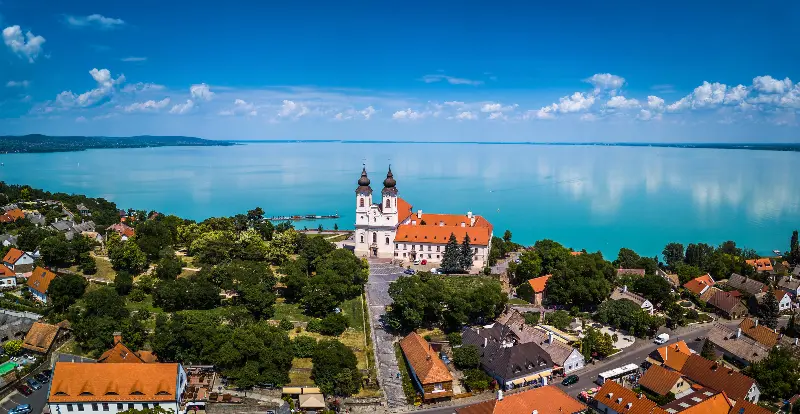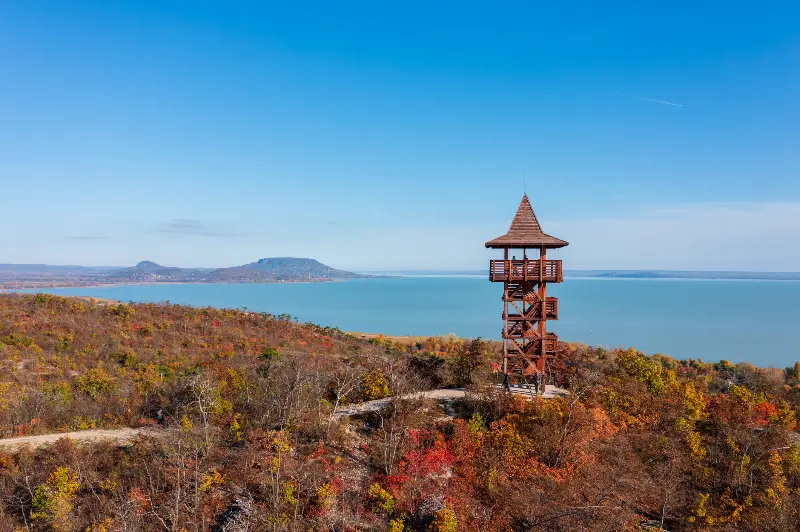
Helyszín címkék:
Faith, history, community – visiting the Premonstratensian Abbey of Csorna
Hype&Hyper
The turbulent history of the Abbey
The Premonstratensian Abbey of Csorna was founded in 1180, primarily for religious purposes, with pastoral and legal services to the local people. During the first hundred years, the community flourished, and three new monasteries were established in the area. The abbey was hit hard by the Tartar invasion, the Turkish occupation and later the communist dictatorship, but with the help of other Premonstratensians, it has always revived.

Around the turn of the millennium, a change of era took place: several young pastors joined the work of the Premonstratensian high schools, and a little later, under the leadership of Father Zoltán Márton Fazakas, a series of significant developments took place within the walls of the abbey: a new courtyard and kitchen garden were built, the chapel was renewed, and the school in Szombathely was expanded to accommodate the growing number of students. In 2017, the Premonstratensian Monastery of Csorna took a giant step forward when it took possession of the Keszthely monastery and revived the Keszthely Premontrian Vocational High School. The community looks to the future with optimism as its members take on a wide range of tasks in Csorna and elsewhere. Now more than 900 years old, the abbey is still a hive of activity, with a museum, social homes and a major tourist attraction.

What does it mean to be Premonstratensian?
“Who are these people dressed in white and where are they from?” – the question might be asked in the surroundings of the abbey in Csorna. What distinguishes Premonstratensian monks from others is their total commitment to both Premonstratensian values and their secular mission. It is important for them to maintain a balance between internal and external service. Their tradition can be traced back to the community and servant life of St. Augustine, who wrote the oldest monastic code of Western Christianity.

The founder, St. Norbert, had a dual aim when he founded the Order: he wanted to preserve the traditional monasticism, while at the same time emphasising community and pastoral activity. This was something new for the monastic communities of the time. St. Norbert set out three principles that still guide the community today: worthy and common prayer, a spirit of sincere repentance, and hospitality and care for those in need. A good example of the latter is the Home for the Elderly, which was opened in 2022 to provide a full and supportive environment for the elderly in the Premonstratensian Park.

The Abbey as a visitor centre
A few years ago, the Visitor Centre opened its doors to the public. The Premonstratensian monastery and the Csorna Museum enter the market of religious and cultural tourism with a synergistic offer of programmes, thus placing the town of Csorna on the palette of the tourist offer of the region. On the ground floor of the restored abbey building, you can discover the local history of the city, while upstairs you can follow the history of the Premonstratensian order through modern interactive tools and animated films. Tablet guides and an interactive “visual guide” app make your visit even more enjoyable, with virtual maps, VR elements and 3D reconstructions available in several languages. The library, abbey chapel, banqueting hall and salon, restored as a result of archival research, offer further insights into the life of the monks, while also providing space for local programmes such as a gastronomic workshop or a community wreath-weaving event. All this, combined with a café, museum educational activities and other family-friendly programmes, promises to be a day to remember in the heart of the Rábaköz.






